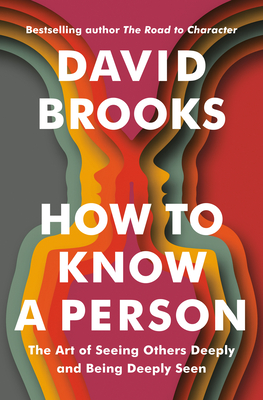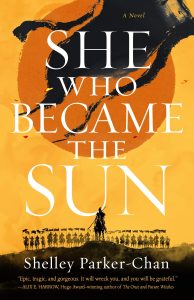
If you’ve ever walked away from a conversation thinking you learned a lot of facts but almost nothing about the person, David Brooks wants a word. How to Know a Person is his practical field guide to paying deep attention, asking better questions, and making people feel genuinely seen. It blends psychology, moral philosophy, therapy insights, and memoir to argue a simple idea with big consequences: the quality of our lives rises or falls with the quality of our relationships.
What the book is really about
Despite the title, this is a book about listening. Brooks insists that we connect best when we shift from collecting trivia about someone to inviting their story. That means moving away from what questions toward how and why. “Where do you live” invites data. “Why did you choose to live there” opens a window into values, history, and hope. The book shows how good questions create room for people to narrate their lives, and how that narration often reveals truths they had not articulated before.
Brooks is refreshingly candid that he is not a natural at this. He describes failures, blind spots, and a painful episode with a friend who later died by suicide. Those pages are some of the strongest in the book: they model the hard lesson that care is not fixing; care is presence without judgment.
What works
- Immediate usability. Many ideas translate into behavior you can try tonight at dinner. Ask why before what. Notice when you start redirecting the conversation back to yourself. Offer curiosity instead of solutions when someone is hurting.
- Lived-in stories. The book earns its advice by showing it in action: teachers who reframe a quiet student as someone who thinks before speaking, friends who hold space during depression, and everyday conversations that become deeper with a single better question.
- A humane reminder in hard times. Several readers will recognize themselves here. If your daily work puts you face to face with people who are stressed or scared, this book can nudge you back toward patience and dignity.
Where it stumbles
- A scattershot canon. Brooks cites everyone from Simone Weil to Toni Morrison to Douglas Hofstadter. The range is impressive, but it sometimes reads like name-dropping more than a tight argument.
- Conceptual contradictions. The book occasionally wobbles between praising introspection and dismissing it, or between warning about anger and honoring its role in self-respect. The tension is real in life, yet the text does not always resolve it.
- A muddled Big Five detour. The personality chapter oversimplifies a well-researched framework, implying trait oppositions that are not supported by the science. Readers new to the Big Five may walk away confused and should look elsewhere for a clearer primer.
- Light on social media’s impact. Given how online habits shape attention and empathy, this feels like a missed opportunity.
Five takeaways you can use today
- Lead with why and how. “Why did you choose that city” or “How did that job change you” turns small talk into story.
- Stop making it about you. Your similar experience can wait. Let their narrative breathe until they ask for yours.
- Presence beats pep talks. With depression or grief, solutions can feel like judgment. Show up, check in, keep promises.
- Name emotions precisely. Emotional granularity helps you regulate yourself and read others with more accuracy.
- Edit stories, do not author them. Wisdom is not telling people what to do; it is asking questions that help them see what they want to do and why.
Who will love this book
- Readers of Brooks’s The Road to Character and The Second Mountain
- Managers, teachers, clinicians, and community builders looking for tools that improve daily conversations
- Anyone feeling relationally rusty who wants a compassionate on-ramp back to real connection
Who might be frustrated
- Readers who prefer tight, heavily cited frameworks with clean causal claims
- Psychology sticklers who will bristle at the personality chapter or the occasional sweeping generalization
The Book Breeze verdict
How to Know a Person is a noble, often moving call to recover the art of attention. At its best, it is not a theory of human nature so much as a habit-building manual for being with people. The scattered structure and occasional contradictions keep it from being a definitive guide, yet the practical pages are strong enough that I kept dog-earing them. If you want a book that nudges you to ask better questions and show up more generously, this one earns a spot on your nightstand.
Rating: 4 out of 5
Ready to read it and practice tonight’s questions at dinner?
Buy it here: https://amzn.to/4o2QWcJ


